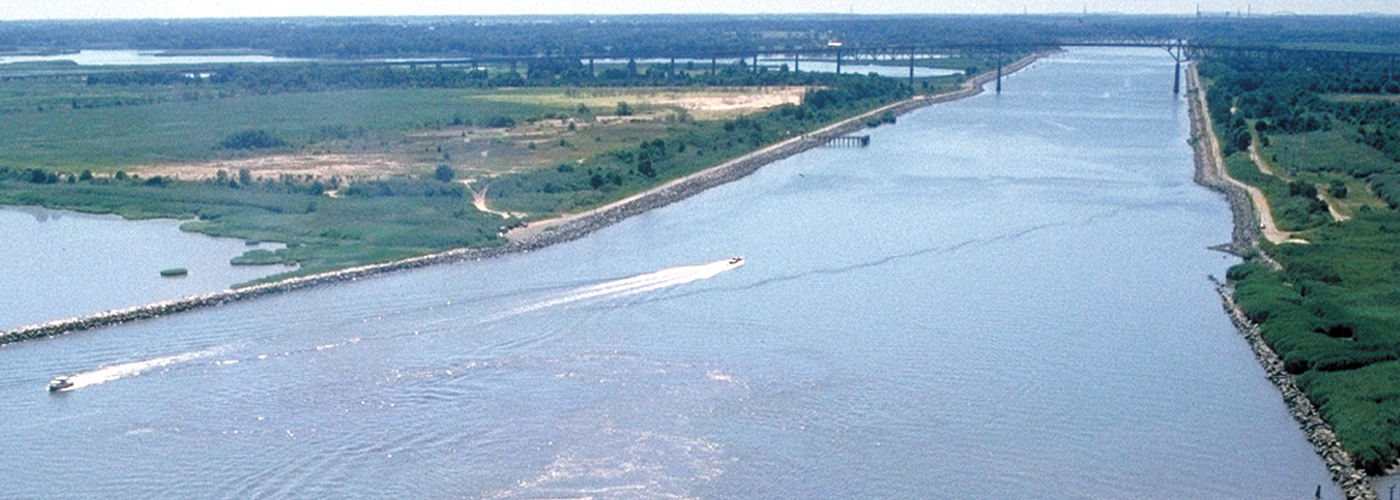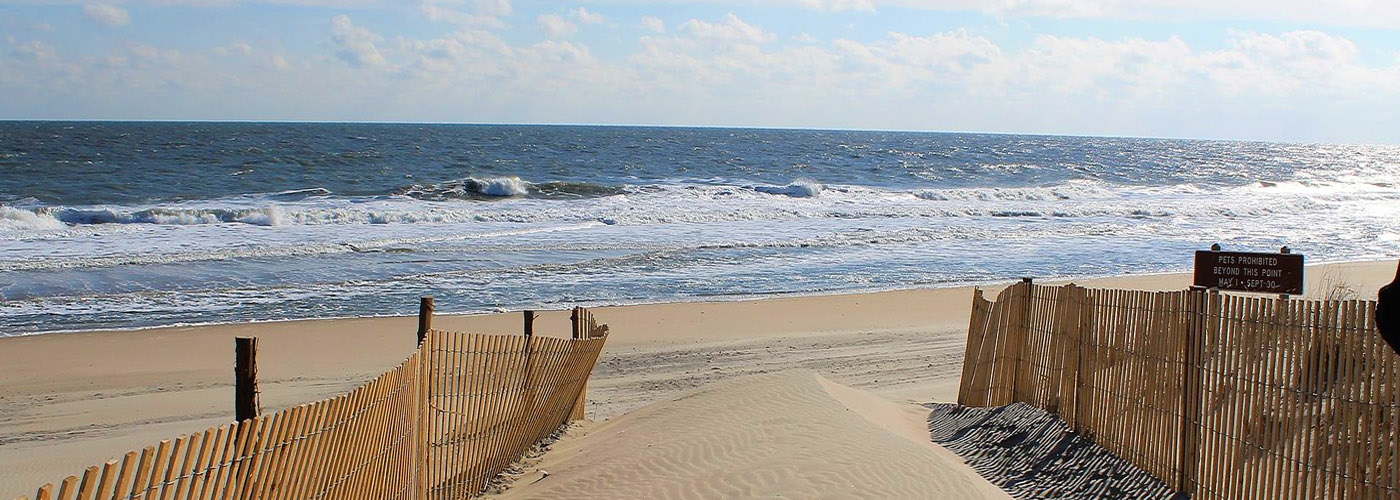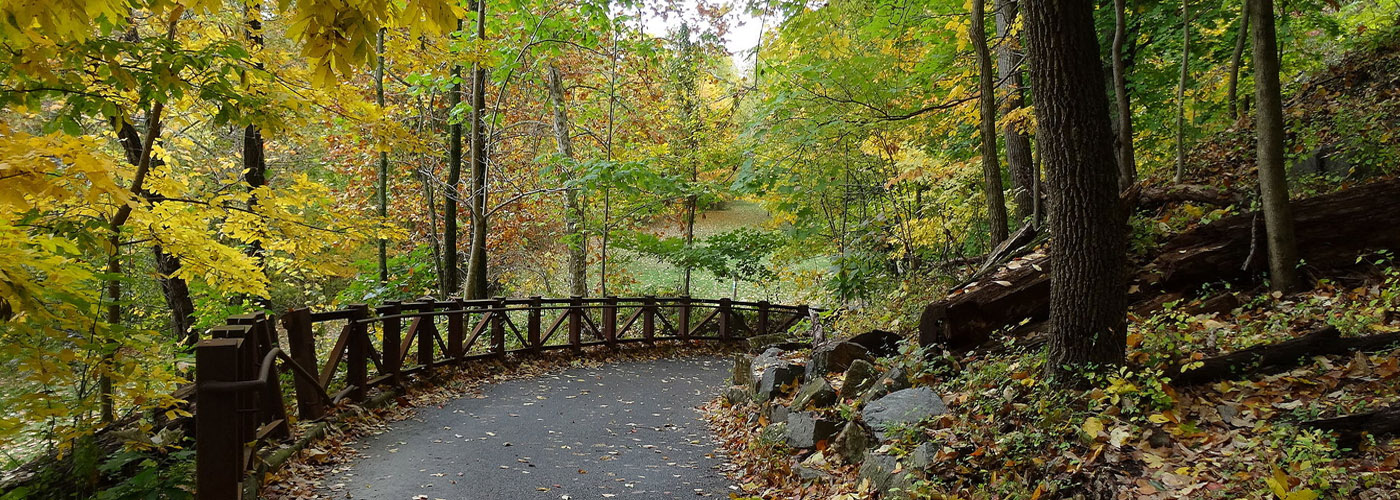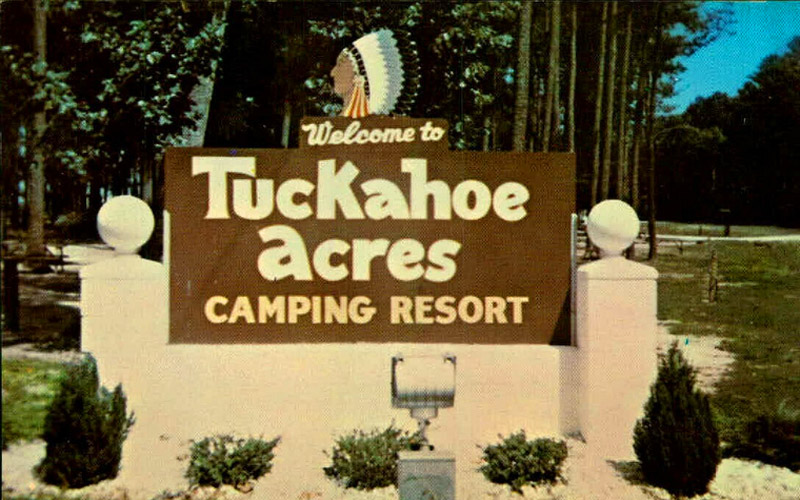The now 14-mile long, 450-foot wide, 35-foot deep canal was a vision of Dutch settler Augustine Herman who saw the need to connect the Chesapeake Bay and the Delaware River during the 17th century. He knew that a canal would greatly reduce the 300 mile trip around the coast of Delaware and Maryland and would increase the economic viability of the region.
After several false starts due to lack of funds, construction seriously began on the canal in 1824. The Chesapeake and Delaware Canal Company built the original canal along a route identified by engineers from the U.S. Army Corps of Engineers. The route that was chosen would require a system of four locks. Five years and $2.5 million later, the canal was open for business and became one of the most expensive projects of its time.
The first canal was only 10 feet deep and 66 feet wide at the waterline and 36 feet wide at the channel bottom. The lock system was in use from 1829 to 1919 and the water was lifted to a higher level by steam operated waterwheels. It was clear by the early-1900s that a wider and deeper waterway was needed. In 1906 President Theodore Roosevelt commissioned a feasibility study to examine the prospect of converting the canal to a “free and open waterway.”
The canal was purchased by the Federal government in 1919 for $2.5 million and plans for expansion began. At the time of purchase, the operation included six bridges and one railroad crossing. By 1927, the canal had been converted to a sea-level operation with a 12-foot depth and 90-foot width at a cost of $10 million.
Even as the new canal was opened, plans for yet another expansion were being made. From 1933 to 1938 the canal was widened again to 250 feet and deepened to 27 feet for $13 million. But still, the canal was not big enough and between 1938 and 1950, eight ships collided with bridges. In 1954, Congress authorized the expansion of the channel to 450 feet wide and 35 feet deep. This work began in the 1960s and was completed in the 1970s.
When the Federal government purchased the canal in 1919, there were six bridges and one railroad crossings. As the canal grew and changed, so did the bridges. Currently, the Corps of Engineers maintains and operates six canal crossings: Chesapeake City Bridge, Summit Bridge, St. George’s Bridge, Reedy Point Bridge, Senator Roth Bridge (SR-1), and the Delaware City Bridge. For more on the bridges, please see the separate bridge pages with links directly to the right.
For more information on the history of the canal, you can visit the C&D Canal Museum. The museum is located in the original pump house used to lift water into the uppermost waterway. The replica Bethel Bridge Lighthouse is also located near the museum and is an example of the lighthouse that used to warn vessels of locks and bridges prior to 1927. Both the museum and lighthouse are open to the public from Monday to Friday, 8 a.m. to 4 p.m.
The Chesapeake & Delaware Canal (C&D Canal) is a 14-mile (22.5 km)-long, 450-foot (137.2 m)-wide and 35-foot (10.7 m)-deep ship canal that connects the Delaware River with the Chesapeake Bay in the states of Delaware and Maryland in the United States. The C&D Canal is owned and operated by the U.S. Army Corps of Engineers, Philadelphia District. The project office in Chesapeake City, Maryland, is also the site of the C&D Canal Museum and Bethel Bridge Lighthouse.
In Delaware, the canal is considered to divide the northern and southern parts of the state. It is also widely considered the beginning of the Delmarva Peninsula, although the fall line onto the Atlantic Coastal Plain lies farther north.




